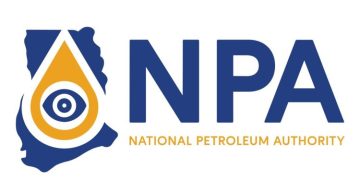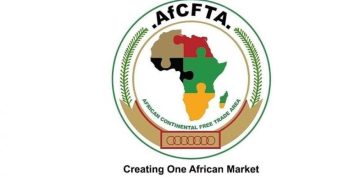The Kenya Revenue Authority (KRA) has opened investigations into the activities of eight top commercial banks accused of inflating their stock of bad loans to reduce their tax obligations.
The taxman insists that a large stock of the bad loans is the product of irresponsible and insider lending that does not qualify as losses for tax purposes — meaning they may be reversed to significantly increase the banks’ tax obligations, eating deep into their profits.
Banks are required to provide for potential losses in the event of a jump in non-performing loans (NPLs), ultimately reducing their operating profits that are taxable at the rate of 30 per cent.
The KRA reckons that the banks have exaggerated their bad debts to the tune of Sh120 billion with the sole aim of lowering their tax burden.
“We are following up on the bad loans and is in the process of contacting eight banks out of the 12 main banks in Kenya,” the KRA told the Business Daily, adding that up to 70 per cent of the bad loan books do not qualify to be deducted for tax purposes.
Total bad debts in Kenya’s banking industry stood at Sh170.6 billion in March, having risen 15.8 per cent from Sh147.3 billion in December last year.
Revising this figure downwards by 70 per cent would put the NPLs at Sh51.1 billion and yield billions of shillings in extra taxes as provisions shrink.
The KRA’s stance is at odds with that of the Central Bank of Kenya (CBK), which has pushed for more rigorous disclosures of NPLs and their attendant provisions, suspecting that some lenders could be hiding their true exposure, especially with regard to insider lending.
For the taxman, an increase in bad debts automatically cuts revenue from corporate taxes since loan loss provision is the first item on the banks’ list of operating expenses that are deducted before taxes are paid on the bottom-line.
While provisions are expected to rise and fall cyclically in line with changes in a bank’s asset quality, the assertion by the KRA that up to 70 per cent of NPLs are unnecessary implies that lenders are keeping their provisions artificially high on a longer-term basis to pay lower taxes.
“Tax avoiding strategy”
The rise of NPLs to a new high of Sh170.6 billion came after the banking regulator became stricter in supervising banks, with Chase Bank going into receivership after reporting a major increase in bad debts advanced to directors’ firms.
The KRA is, however, of the view that the reporting of bad loans has gone beyond the prudential requirements and is now actively used as a tax-saving strategy.
“We are worried about the profitability in the banking sector because it only grew by five per cent in the first quarter and this means that one key sector is almost out of the equation in terms of raising tax money,” KRA’s commissioner-general, John Njiraini, remarked in April when announcing revenue performance for the nine months ended March.
“Banks need to be reminded that providing for non-performing loans for tax purposes is different from the accounting method. Before you provide for purposes of tax, you must ensure that all has been done to ensure repayment of the debt.”
–
Credit: Business Daily










































